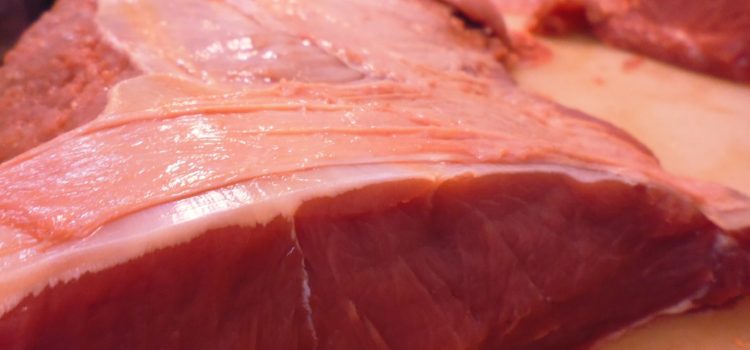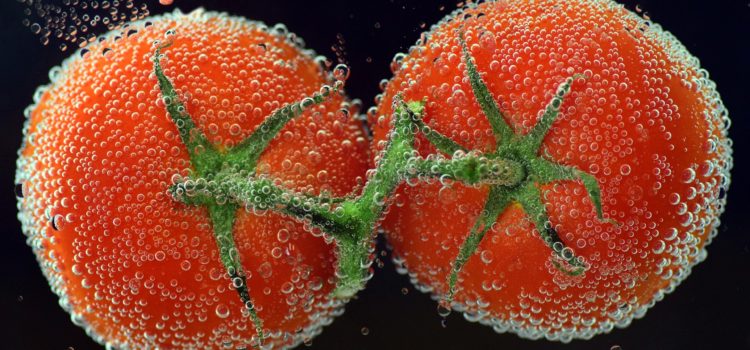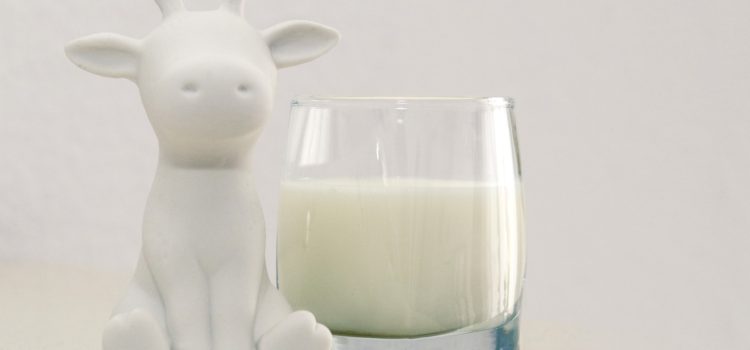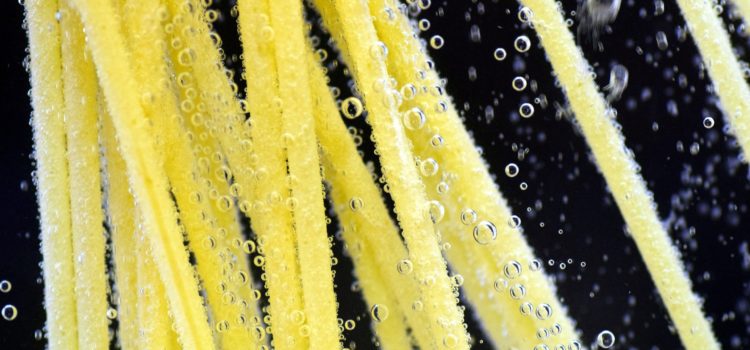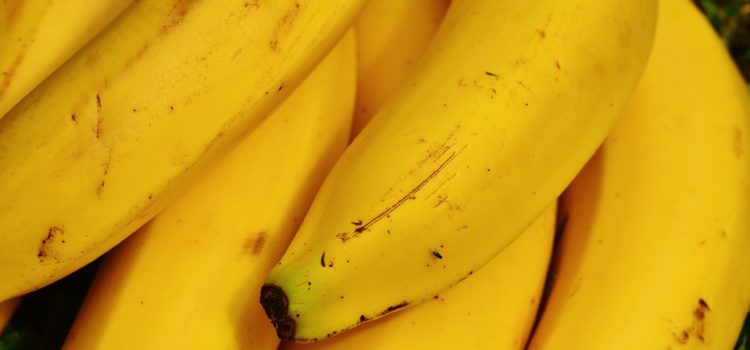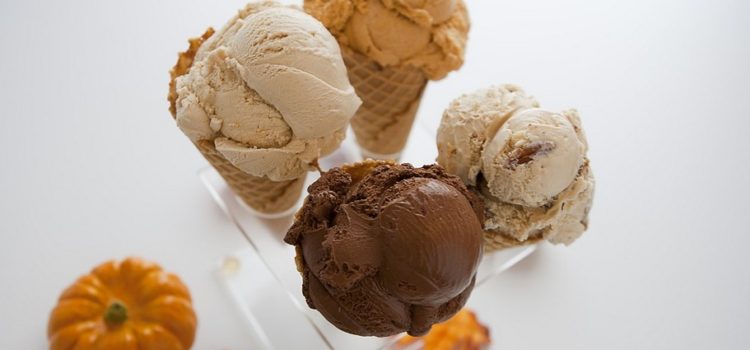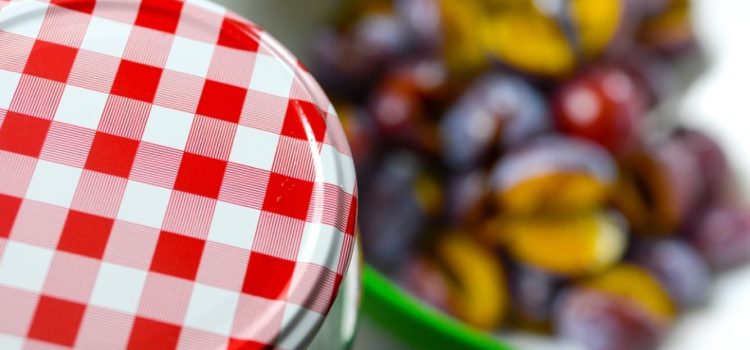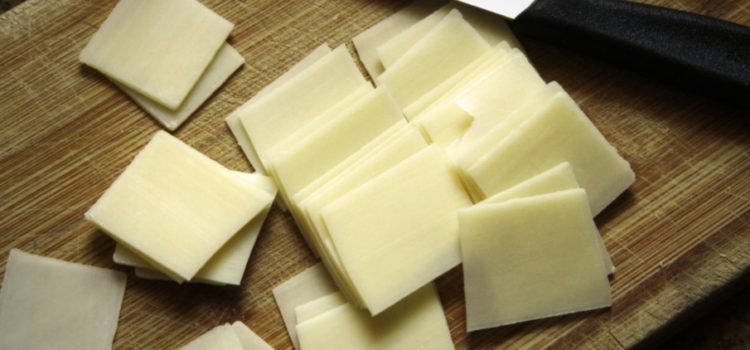The water between the myosin and actin filaments can be lost, however, 55% of the muscle weight is retained by the myofibrillar proteins. The so-called “water-holding capacity,” (WHC) refers to this moisture retention. To put it simply, it is fresh meat’s ability to retain its own water.
What Is Water Holding Capacity of Meat?
